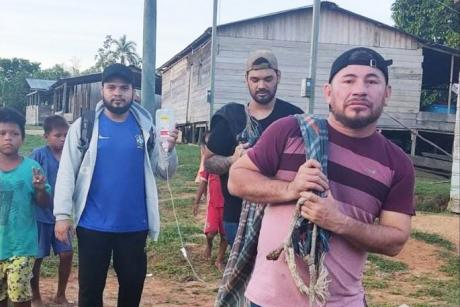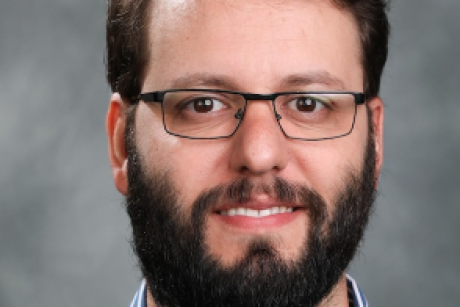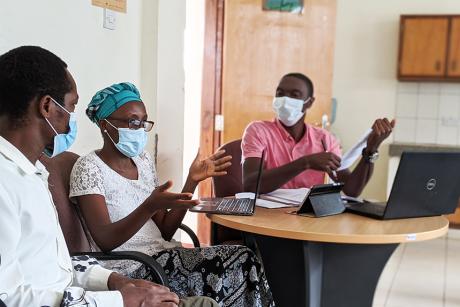
Road traffic injuries are anything but unpredictable and unavoidable.
Published January 13, 2016, last updated on October 12, 2017 under Voices of DGHI
By Adriana Lein and Brian Meier, MD, first-year MSc-GH students
“Accidents happen.”
We’re all likely familiar with this adage that suggests unfortunate happenings are unpredictable and unavoidable.
While it may be true to some degree that tragedy strikes in unexpected ways, a closer look at the global burden of disease reveals that events such as road traffic injuries, which are significant contributors to global mortality and morbidity, are anything but unpredictable and unavoidable. In fact, all of the primary contributors to what the World Health Organization has termed "global injury burden" follow patterns that disproportionately affect certain groups based on demographic differences, whether gender-based, grounded in socioeconomic inequality, or specific to regional and political factors. Among these contributors to global injury burden are road traffic injuries, suicide, homicide and war (a breakdown shown in the chart below from the World Health Organization).

Delivering a guest lecture to the first-year Master’s in Global Health cohort last fall, Dr. Catherine Staton explained why she doesn’t like to use the word “accident” in her work. An emergency medicine physician and an expert on road traffic injuries, Dr. Staton has worked extensively abroad, in places including South Africa, Georgia, Armenia, and, recently, Brazil and Tanzania. According to Dr. Staton, the word “accident” implies a spontaneous and independent incident. Such levity towards serious phenomena overlooks the potential for injury and violence prevention by addressing risk factors through interventions at the community and policy levels.
Dr. Staton went on to outline the clear patterns of predictability that road traffic injuries follow, a theme central to her work. Dr. Staton and her colleagues have conducted mapping of deemed road traffic “hotspots” on Brazilian highways and found that crash occurrences could be modeled after variables related to regional differences and built-environmental analyses and mainly fell into five different patterns. However, traffic accidents are not the only component of injury burden that could be reduced through understanding ecological determinants.
Consider interpersonal violence, a subject that receives considerable attention due to politicized discussions of mass shootings and gun control. Returning to the above example of Brazil, homicides were the leading causes of premature mortality in 2010 (reported in Years of Life Lost). As the Los Angeles Times highlighted in a recent profile, Brazil’s homicide rate actually increased between 2000-2012, despite that "in the same period … the world overall got about 16 percent safer from murder, while developed countries saw a drop of 40 percent."
The profile continued, noting that violence, not surprisingly, disproportionately affects the economically disadvantaged regions of the Northeast and its victims are overwhelming young, black males. Emphasizing the link between violence and social injustices, Christopher Mikton, a technical officer of the WHO team on violence prevention stated, "all else being equal, we expect that if there is a major drop in inequality, homicide rates go down."
So is there really such a thing as an “accident” when it comes to health or can the global injury burden best be understood through the application of Paul Farmer’s well-known extension of structural violence theory to health outcomes? The evidence points to the latter.
This blog post was originally published on the class blog for the Fall 2015 Global Health Challenges class and was republished with permission from the authors.


